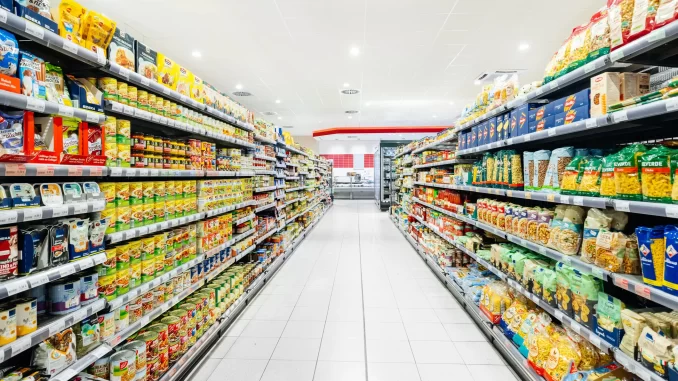
By Cooper Smith
Hunger is rising sharply on Long Island, with newly released data showing a 10% spike in the number of residents facing food insecurity on Long Island.
A recent Map The Meal Gap study from Feeding America reported that an estimated 240,470 Long Islanders struggled to get enough food last year. That’s up from 221,190 in 2022 — meaning that one out of every 12 people on the island experienced food insecurity in 2023, compared to one in 13 the year before.
“This crisis isn’t easing — it’s worsening,” said Randi Shubin Dresner, president and CEO of Island Harvest Food Bank. “Every day, we’re seeing more people turning to us for help — including many who’ve never needed food support before.”
The report underscores a growing disconnect between the cost of living and the support systems available. With grocery prices continuing to edge upward, many households are finding themselves unable to afford the most basic food items.
According to the U.S. Bureau of Labor Statistics, food prices in the greater New York metro area rose by 1.8% over the past year. The price of groceries increased by 1.1% and dining out cost 3.0% more. For families on tight budgets, these increases are anything but small — often tipping the balance from financial stability to food insecurity.
Last year, Island Harvest distributed approximately 18.3 million pounds of food in 2024. That number is expected to grow to 20 million pounds in 2025, thanks to a network of more than 300 partner agencies that help deliver food directly to those in need.
Breaking Down the Numbers:
In Nassau County, an estimated 107,760 people faced food insecurity in 2023 — up from 97,520 in 2022. That increase brought the food insecurity rate from 7% to 7.8%, or roughly one in every 13 county residents.
Suffolk County saw similar growth, with 132,710 people affected last year, compared to 123,570 in 2022. That means 8.7% were food-insecure, up from 8.1% the previous year.
The number of food-insecure children on Long Island held relatively steady — 44,520 in 2023, down slightly from 44,780 in 2022. But a closer look reveals a troubling split based on income. Children in households earning less than 185% of the federal poverty level saw a slight drop in food insecurity, while rates climbed for children in families earning just above that threshold — families who don’t qualify for aid but still struggle with the region’s steep costs.
“This is what we call the ‘fiscal cliff,’” Shubin Dresner said. “Too many working families are stuck in the middle — not poor enough to receive help, but not earning enough to get by.”
The report also reveals that food insecurity isn’t hitting all communities equally:
- Among Black residents, food insecurity rose from 9% to 12%.
- Among Hispanic residents, it increased from 15% to 16%.
- Among White, non-Hispanic individuals, the rate grew from 4% to 5%.
Island Harvest is calling on lawmakers to reevaluate how poverty is measured in high-cost areas like Long Island. The organization said federal guidelines don’t reflect local living expenses, leaving many residents without access to vital food assistance.
Advocates also warn that recent federal cuts to emergency food programs could cause even more families to fall into hardship.
“Food insecurity on Long Island has intensified since the pandemic, not improved” Shubin Dresner said. “The federal government’s reckless decision to cut spending on emergency food programs is expected to further increase these alarming numbers, along with the number of families seeking the region’s emergency food support system, including many who have never needed such services before.”

